Later this month, the National Advisory General Medical Sciences Council will hold the first of its three meetings in 2011. While many applicants, grantees and reviewers are familiar with the roles and processes of study sections, fewer know how an advisory council works. In this post, I’ll provide an overview of its many critical roles.
Council members are leaders in the biological and medical sciences, education, health care and public affairs. Their areas of expertise cover the broad range of scientific fields supported by NIGMS. The Council performs the second level of peer review for research and research training grant applications assigned to NIGMS. Council members also offer advice and recommendations on policy and program development, program implementation, evaluation and other matters of significance to the mission and goals of the Institute.
A portion of each Council meeting is open to the public.
For the peer review function, which occurs during the part of the meeting that is closed to the public, Council members read summary statements, providing a general check on the quality of the first level of peer review. They advise us if they find cases where the comments and scores do not appear to be in good alignment. Their evaluation complements the initial peer review done by study sections, as it focuses primarily on summary statements rather than on applications (although Council members may have access to the applications).
Members also provide advice regarding formal appeals, typically discussing 10-20 cases per meeting in which a procedural aspect may have significantly influenced the initial peer review process.
The Council also provides input on cases where staff are considering exceptions to the well-funded laboratory policy, and it approves the potential funding of grants to investigators at foreign institutions. Another area of Council input relates to Method to Extend Research in Time (MERIT) awards. Finally, Council members point out applications that they feel are particularly interesting based on their scientific expertise and knowledge of trends in particular fields. They explain their perspective to NIGMS staff, who incorporate this input in subsequent steps of the funding decision process. I’ll describe these steps in an upcoming post.
The policy and program advisory function includes discussing “concept clearances,” or ideas for new initiatives being considered within the Institute. These can take the form of proposed requests for applications (RFAs) or program announcements (PAs). Council members provide critical analysis and feedback about the appropriateness of proposed initiatives and factors to consider should they be implemented. Approved concept clearances are posted soon after each Council meeting on the NIGMS Web site and often on the Feedback Loop. NIGMS staff can then receive input from the scientific community as they refine the funding opportunity announcements.
This month’s meeting will include one concept clearance presentation, on macromolecular complexes.
Council members also give input and feedback on assessments and formal evaluations of specific NIGMS programs, such as the Protein Structure Initiative. When the need arises, Council members form working groups focused on specific issues. To ensure an appropriate range of expertise and perspectives, these groups can include non-Council members, as well. Finally, the Council receives periodic reports about ongoing initiatives in order to monitor how they are proceeding and offer advice about possible changes.


 Over the course of its 10-year existence, the
Over the course of its 10-year existence, the  offers a series of short articles summarizing tools and technologies developed by PSI-supported investigators. You may also request plasmid clones via the
offers a series of short articles summarizing tools and technologies developed by PSI-supported investigators. You may also request plasmid clones via the 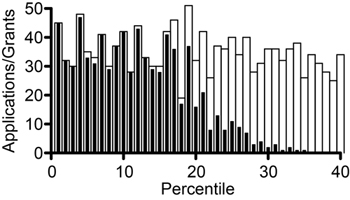
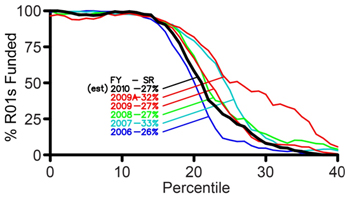
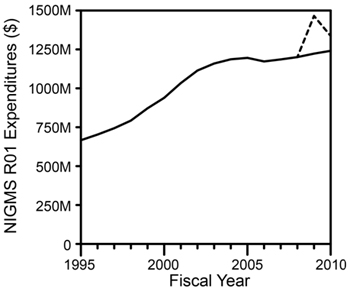
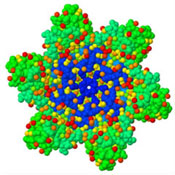
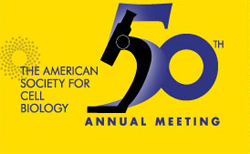
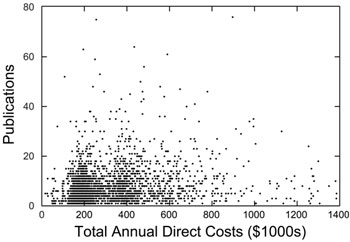
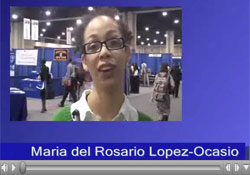
 In September 2009, we announced that we were not reissuing the funding opportunity announcement for our Large-Scale Collaborative Project Awards (Glue Grant) program, which has supported research teams tackling significant and complex problems that are beyond the means of any one research group. We are currently assessing the need for this type of support and how best to manage programs of such scope and magnitude.
In September 2009, we announced that we were not reissuing the funding opportunity announcement for our Large-Scale Collaborative Project Awards (Glue Grant) program, which has supported research teams tackling significant and complex problems that are beyond the means of any one research group. We are currently assessing the need for this type of support and how best to manage programs of such scope and magnitude.